Famous "artist"
In a house cluttered with colorful silk fabrics, artisan Do Minh Tam sits meticulously sewing. Mr. Tam is one of the most famous ao dai tailors in Trach Xa village.
Talking about the village tradition, Mr. Tam took out a "line" that was more than a hundred years old. This was an indispensable tool for tailors in the past, left by his grandfather. "When I was a child, I went everywhere to make clothes, my father and I only had scissors, a ruler and this line made of buffalo horn. Needles and threads were not very important, because there were many picky customers who bought their own fabric and thread, so the tailor just had to come and cut and measure to make it beautiful" - Mr. Tam said.
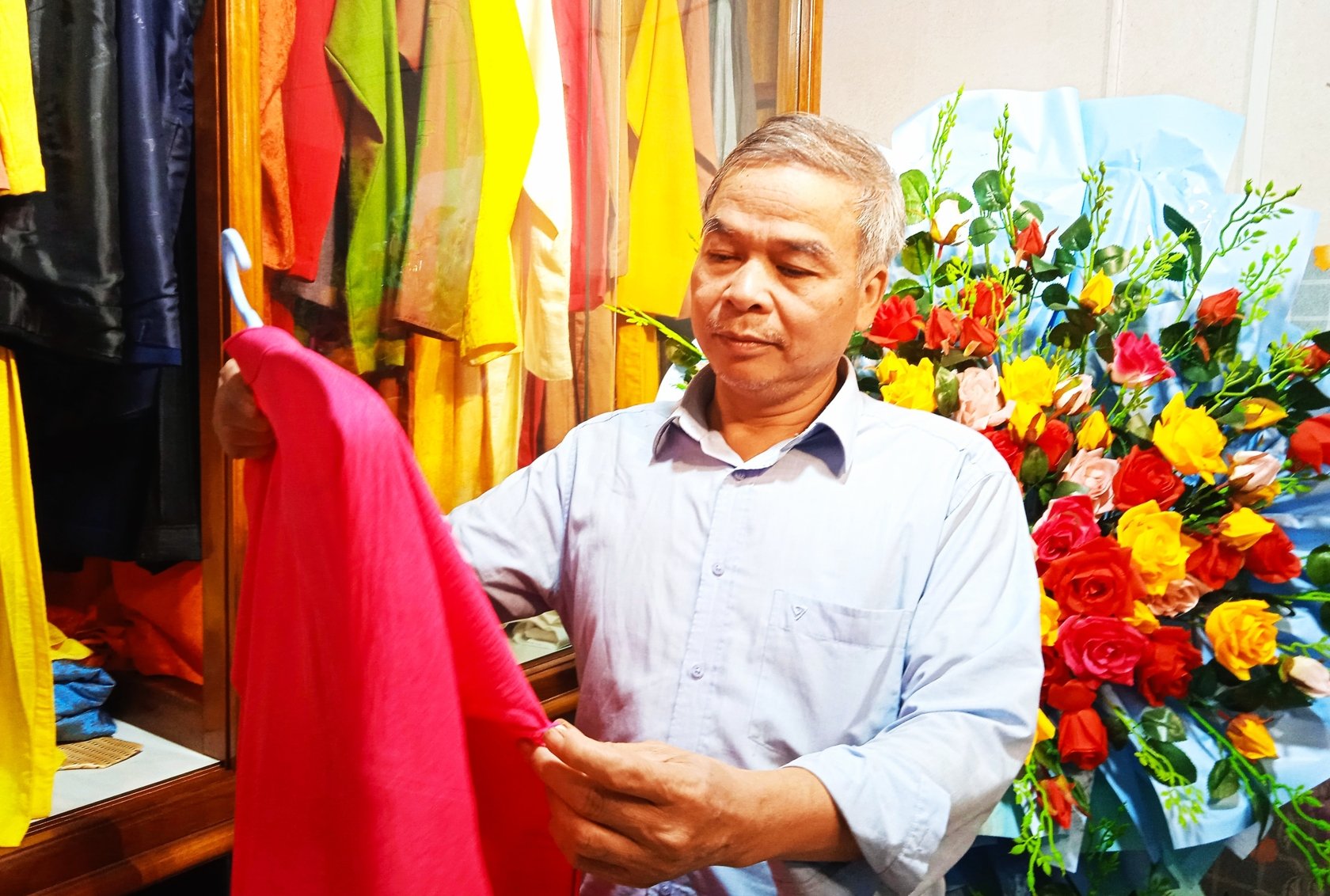
Artisan Do Minh Tam - a famous ao dai tailor.
Trach Xa village, formerly known as Tram Che in Nom, belonged to Ung Hoa district, Ha Dong province, now is Trach Xa hamlet, Hoa Lam commune, Ung Hoa district, Hanoi suburbs. Trach Xa people are always proud of their traditional tailoring profession that has existed for thousands of years, and the founder of the profession was the fourth concubine of King Dinh Tien Hoang - Mrs. Nguyen Thi Sen.
Nowadays, the people of Trach Xa village still tell stories about the village's famous artisans, one of whom is Mr. Ta Van Khuat. Around the 1930s, he was invited to the capital Hue to tailor ao dai for Queen Nam Phuong. When entering the palace, Mr. Khuat was not allowed to use a ruler to measure directly, but only measured from a distance with his eyes. But just a few days later, he completed the ao dai and presented it to the king. During the royal reception, everyone admired the Queen's luxurious beauty, which was greatly enhanced by Trach Xa village's costumes. Mr. Khuat was praised by King Bao Dai, and later the king went to Hanoi to tailor the village's ao dai once again.
The story of Mr. Khuat sewing clothes for the Queen had a “witness” who was the assistant Nguyen Van Nhien. At that time, Mr. Nhien was the one who followed around to take care of the needle and thread so that Mr. Khuat could sew the clothes. Mr. Nhien later returned to the village, taught the craft to hundreds of people and passed away last year.
"Glue inside, spider eggs outside"
Unlike the way tailors in other places sew shirts, people in Trach Xa village have a very unique secret of holding the needle vertically. This way of sewing, instead of the needle moving, it stands still, while the fabric moves, matching each stitch. With the vertical needle holding style, people in Trach Xa hold the needle as if they are holding nothing. The finished product has a flat inner edge like glue, while the outer surface has straight stitches, even like spider eggs. The village's motto is "glued inside, spider eggs on the outside".
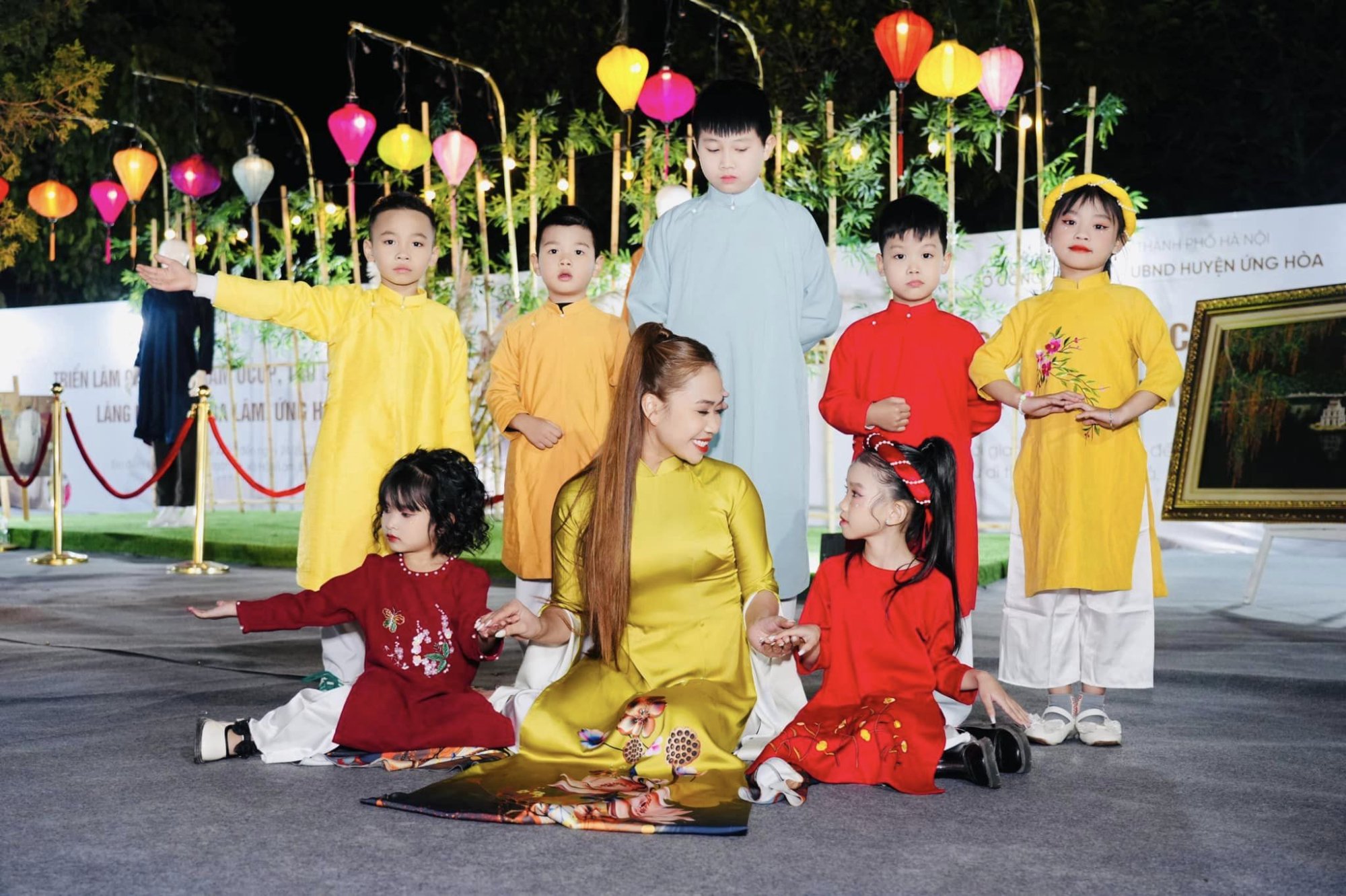
Performing Trach Xa Ao Dai at the exhibition of OCOP products and handicrafts of Hoa Lam commune, December 2023.
“The vertical hand-sewing technique will hide the stitches, unlike the horizontal hand-sewing technique which often exposes the stitches inside the shirt flap. With this technique, the tailor can use white thread to sew a black shirt without revealing the stitches,” Mr. Tam shared.
Another characteristic that makes Trach Xa village famous is that instead of using industrial thread, they use silk threads taken from the fabric to make the ao dai. With this method, the ao dai will be uniform in material, not stiff or stretchy when washed, and the skirt will always remain graceful and soft.
“Nowadays there are many machines, but the secret of Trach Xa craftsmen is still keeping most of the steps manual and individual. Making a shirt takes more than 20 hours but the time spent sitting at the machine is only about 15 minutes” - Mr. Tam said.

It takes a worker in Trach Xa 6-7 years from the time he starts learning the craft to the time he can do it. Of these, 2 years are spent sewing to master all the stages; 3 years are spent learning how to correct errors, handle all the items and complete the product. Finally, 1 year is spent just standing and receiving customers, through which the worker looks at and evaluates the customer to visualize how to handle the process so that the beauty of that person is enhanced, hiding the limitations of their body shape. Learning to cut fabric is the final step, when the worker has mastered all the tricks of the trade, so cutting is an "extremely easy" step. According to Mr. Tam, this is a "bottom-up" teaching method, completely different from the current "top-down" teaching and learning method, that is, learning to cut the shirt first and then learning to sew.
Spreading traditional cultural values
In Hue, there is a whole village named Pho Trach, where Trach Xa people came to do tailoring nearly a hundred years ago. In Hanoi, it is not difficult to find a Trach Xa ao dai tailoring shop or one originating from Trach Xa village, such as Vinh Trach, Phuc Trach, My Trach, An Trach... Trach Xa village currently has more than 500 households, 90% of which make a living by tailoring ao dai. In the past ten years, some villagers have opened shops elsewhere, while the majority have stayed in the village to work on orders received by the shops.
Therefore, it is difficult to calculate the output of the craft village, but the commune government estimates the number to be up to ten thousand pieces per year. The price of each ao dai ranges from 300,000 to 400,000 VND up to several tens of millions of VND.
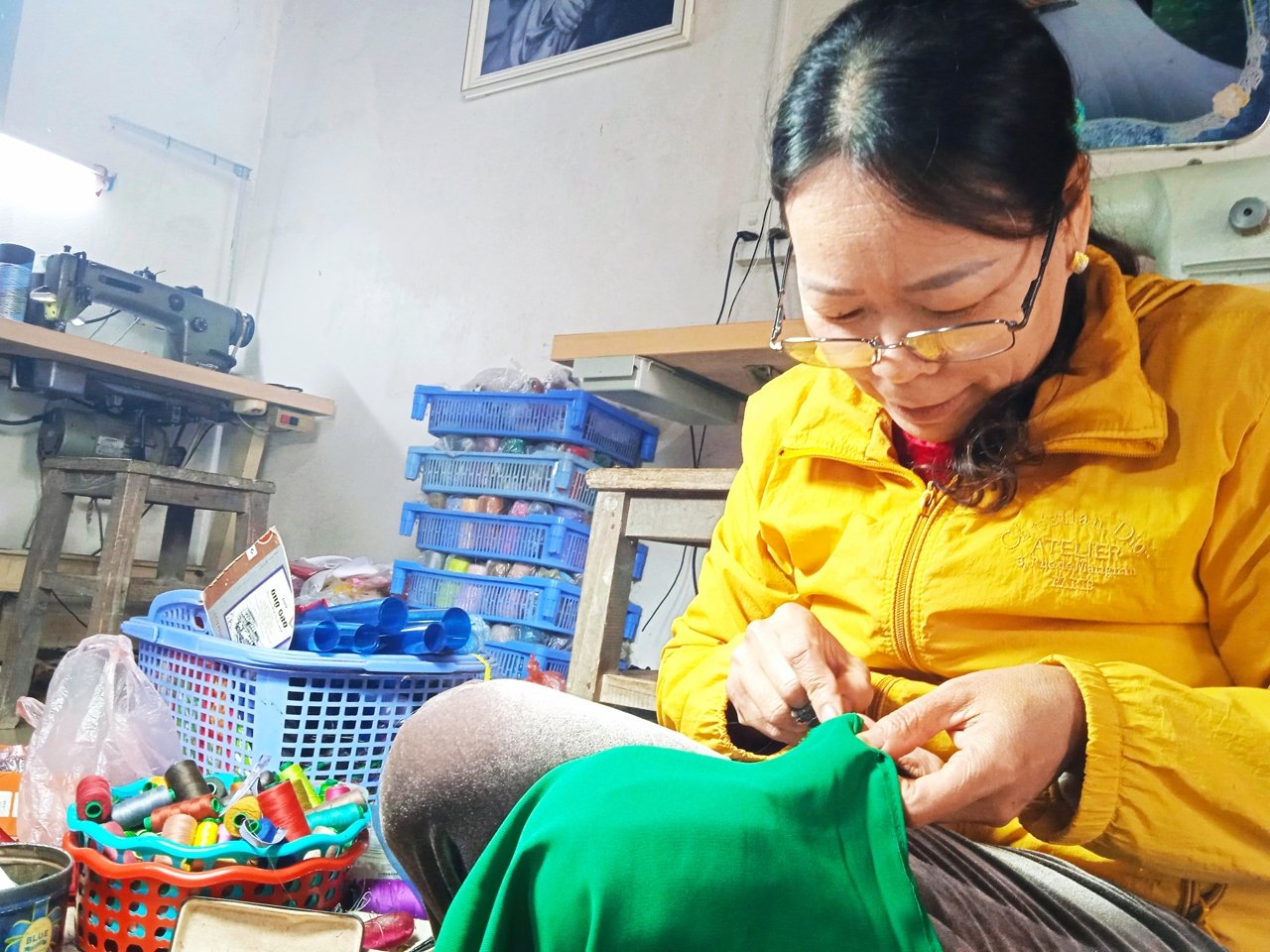
Unique vertical hand sewing technique of Trach Xa people.
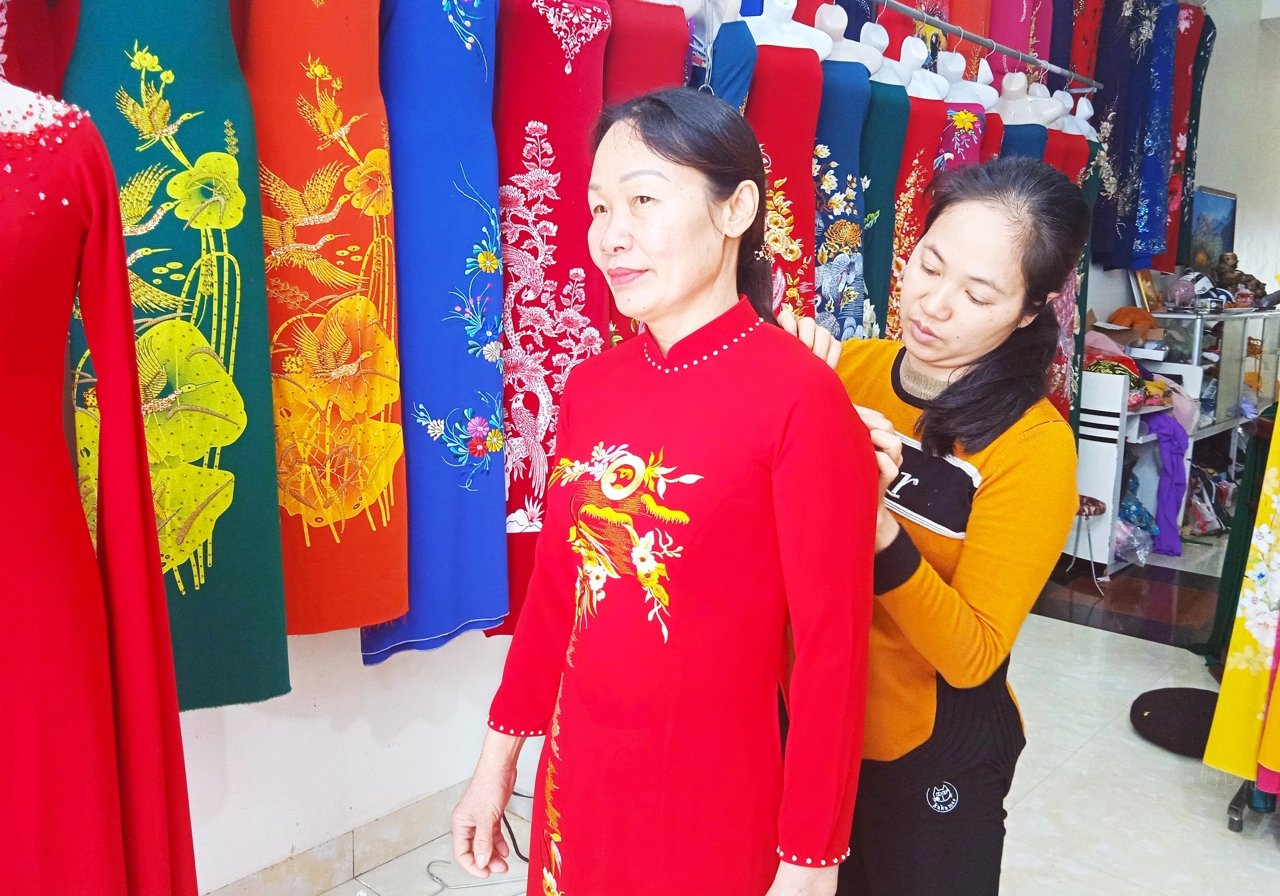
Customers come to try on ao dai at a tailor shop in Trach Xa.
Recently, the return of the traditional costume trend has brought new vitality to Trach Xa village. The best craftsmen of Trach Xa such as artisan Do Minh Tam and artisan Nghiem Van Dat have switched from making modernized ao dai to making traditional five-panel ao dai. As the five-panel ao dai becomes more and more familiar in life, the craftsmen have more jobs, and at the same time, traditional cultural values are also preserved and spread...
“The Ao Dai tailoring profession has had its ups and downs, but Trach Xa people still maintain the profession as if keeping the soul of the homeland in each fold of the dress. Trach Xa tailoring profession has just been included in the National Intangible Cultural Heritage List, which will be the driving force for us to preserve and promote the inherent values of this heritage,” artisan Nghiem Van Dat affirmed.
Khanh Ngoc
Source



![[Photo] Closing of the 1st Congress of Party Delegates of Central Party Agencies](https://vphoto.vietnam.vn/thumb/1200x675/vietnam/resource/IMAGE/2025/9/24/b419f67738854f85bad6dbefa40f3040)




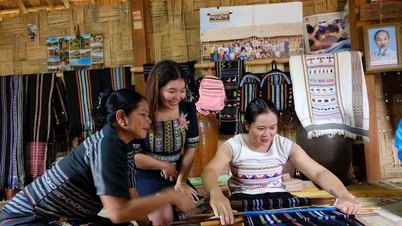







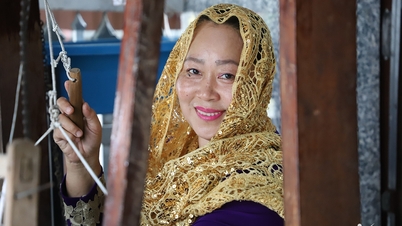







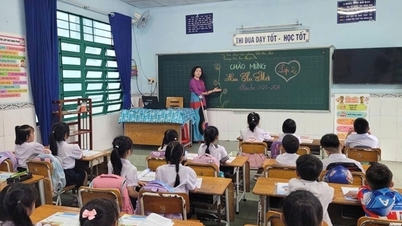



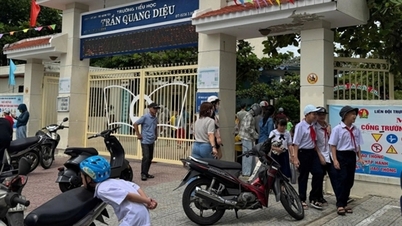
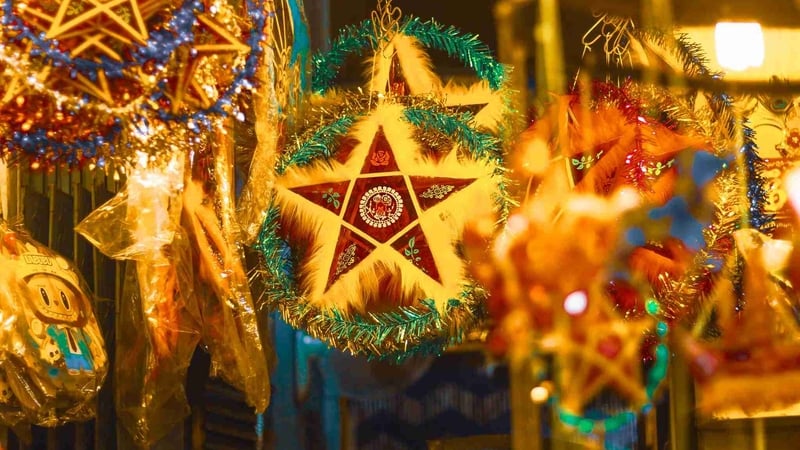




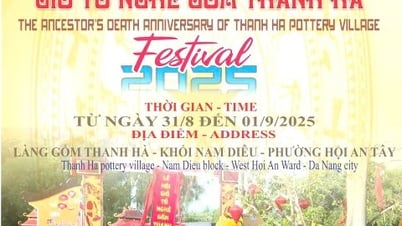




![[Photo] Editor-in-Chief of Nhan Dan Newspaper Le Quoc Minh received the working delegation of Pasaxon Newspaper](https://vphoto.vietnam.vn/thumb/1200x675/vietnam/resource/IMAGE/2025/9/23/da79369d8d2849318c3fe8e792f4ce16)
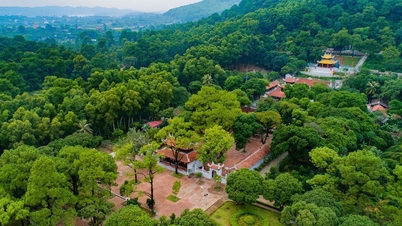

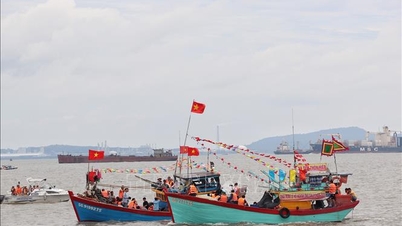



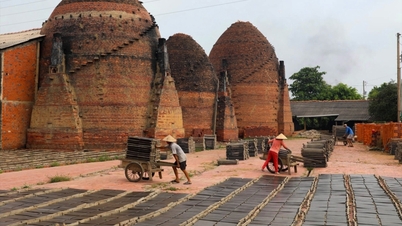


























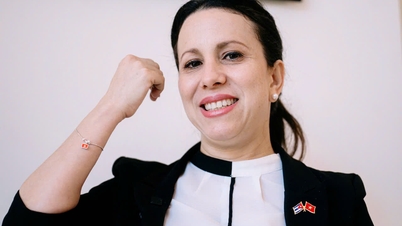


![[Photo] Solemn opening of the 1st Congress of Party Delegates of Central Party Agencies](https://vphoto.vietnam.vn/thumb/402x226/vietnam/resource/IMAGE/2025/9/24/82a89e250d4d43cbb6fcb312f21c5dd4)






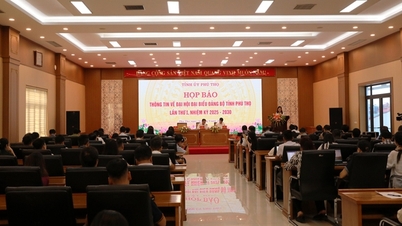
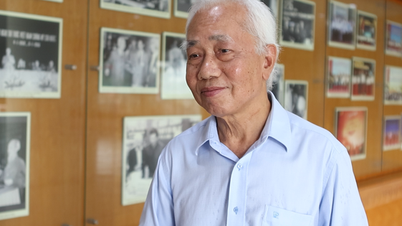



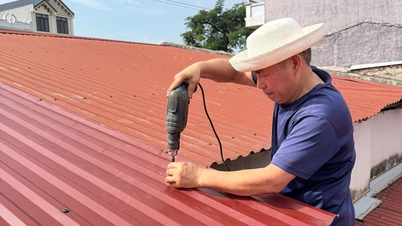

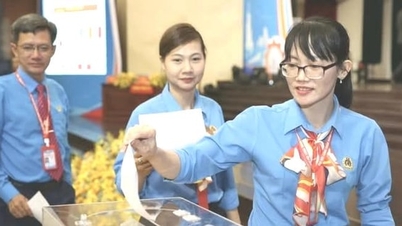





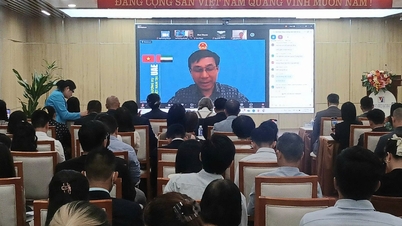



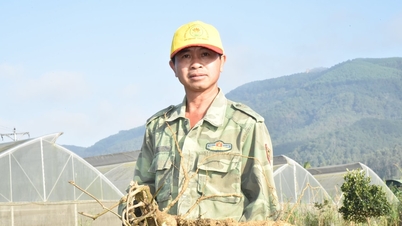




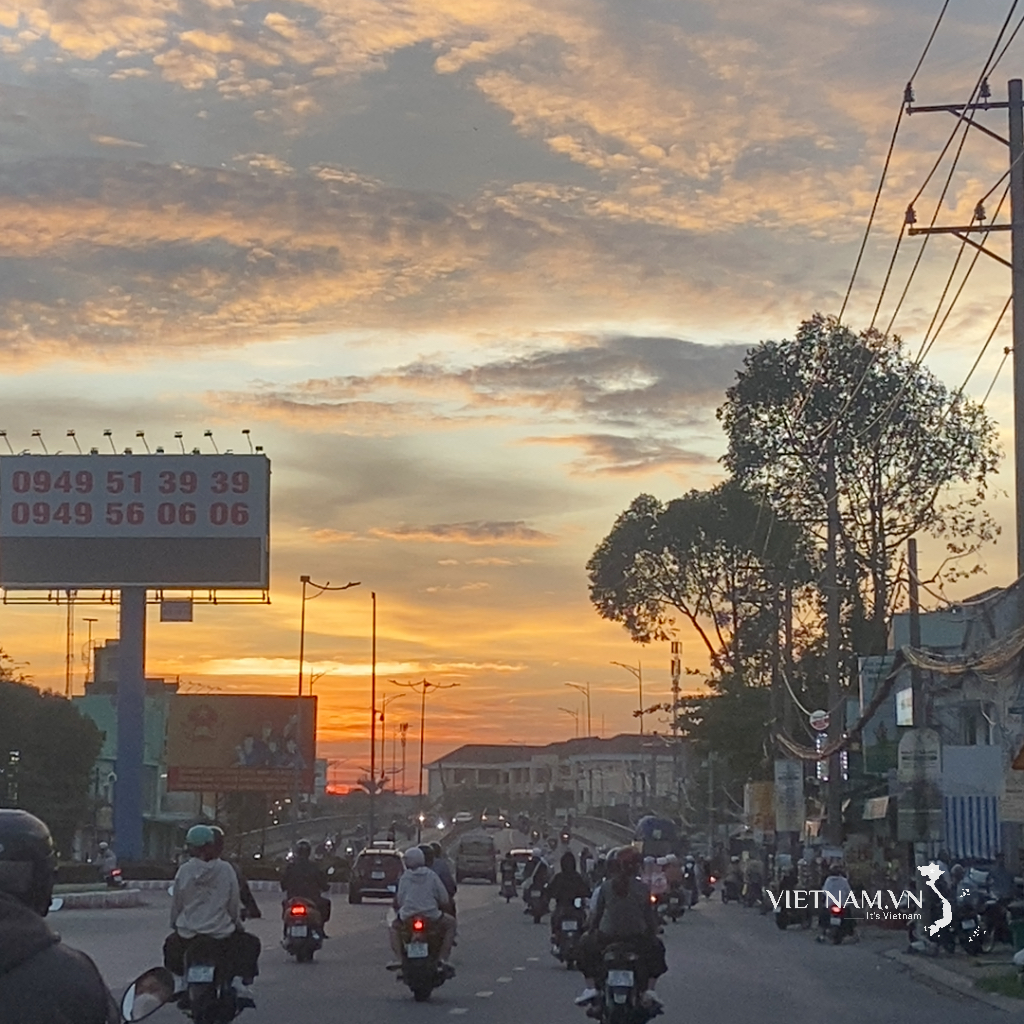



Comment (0)